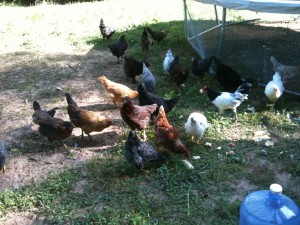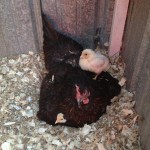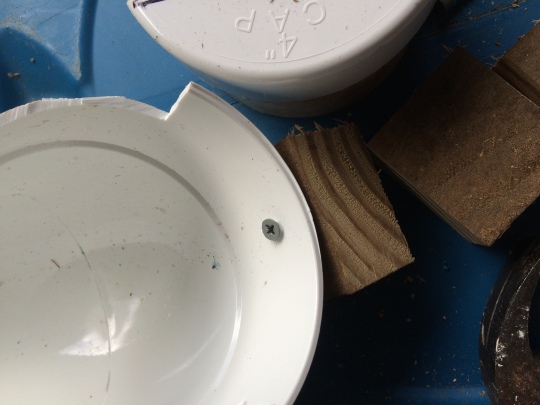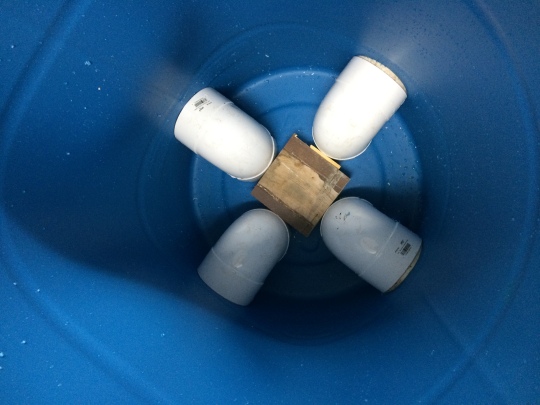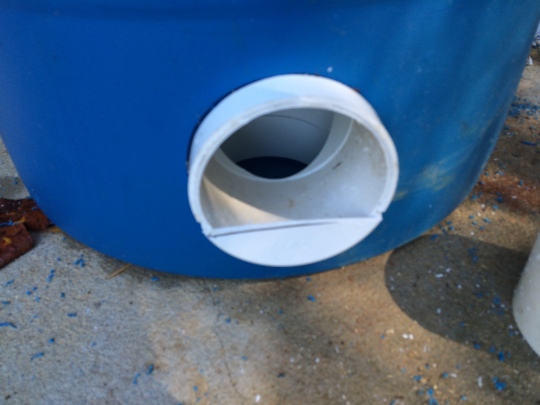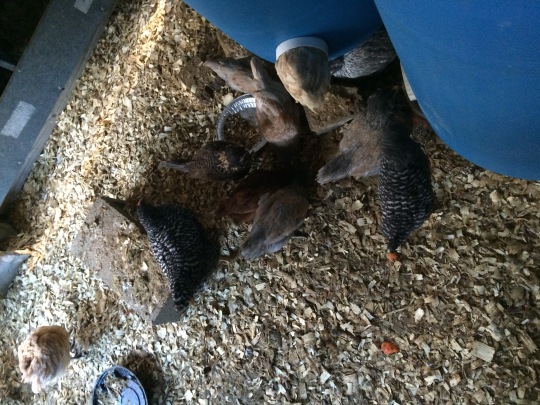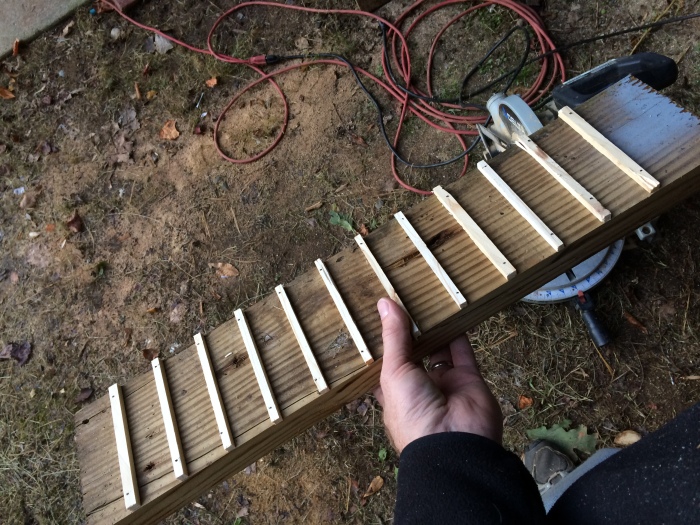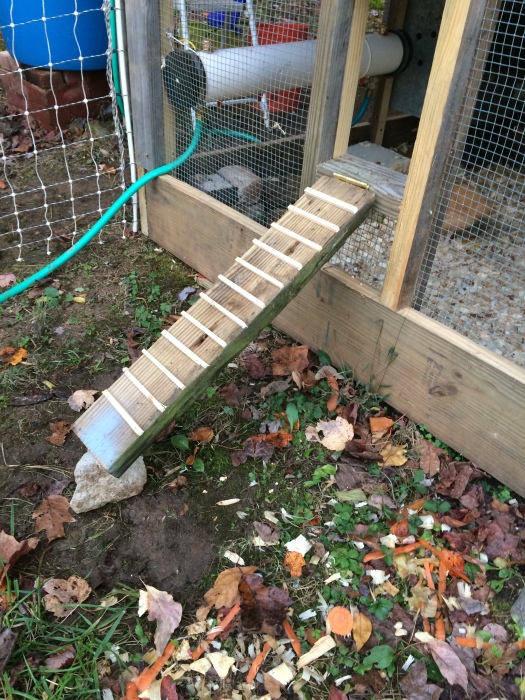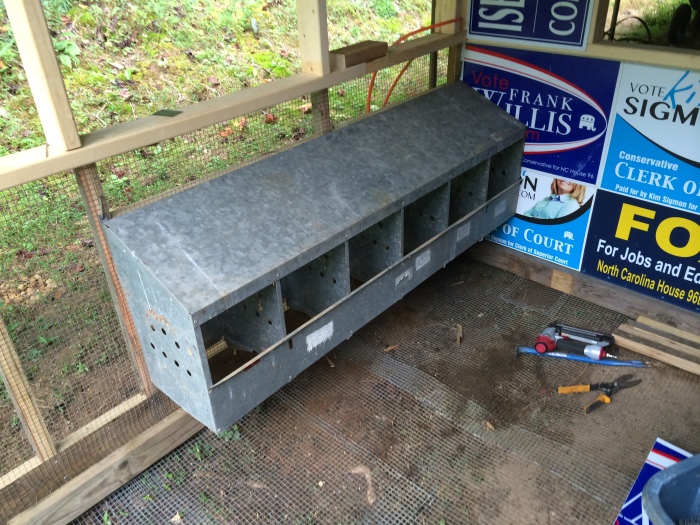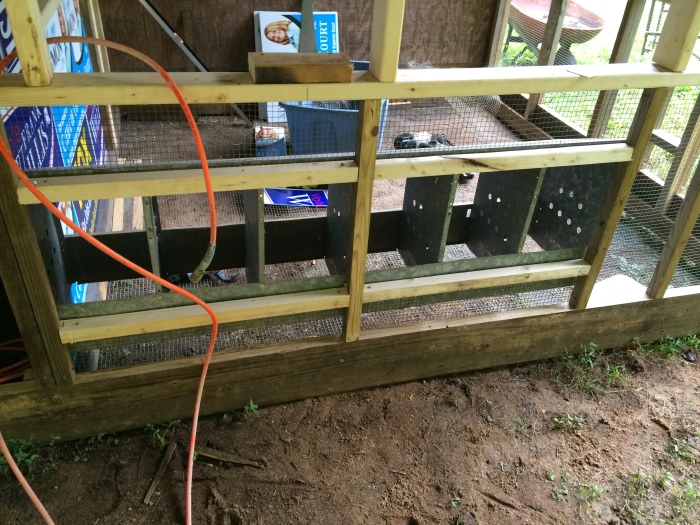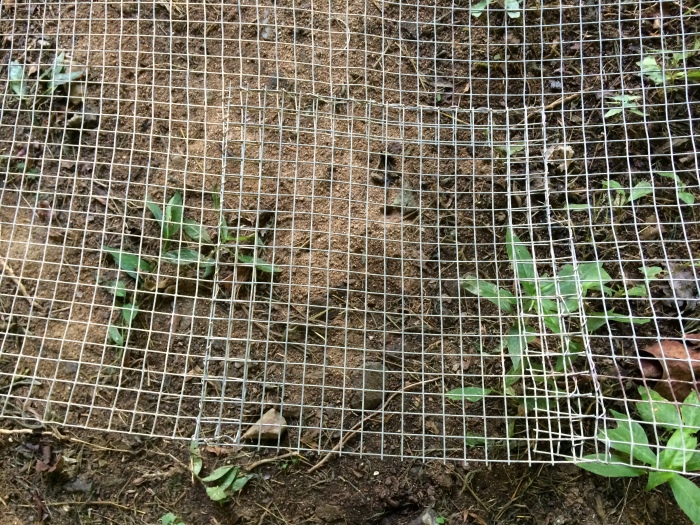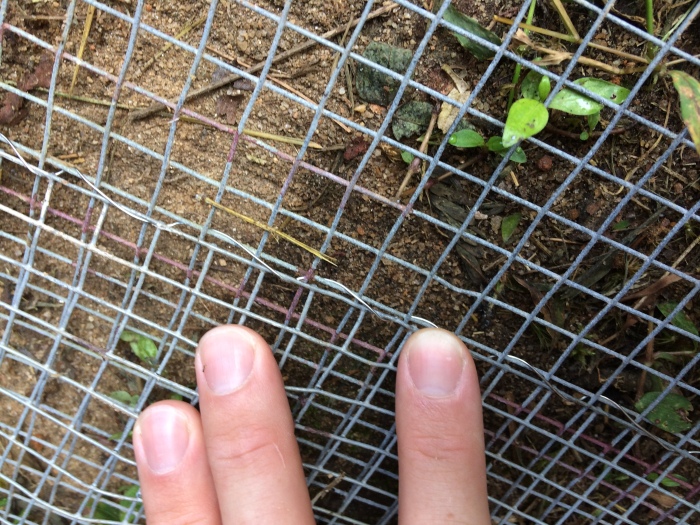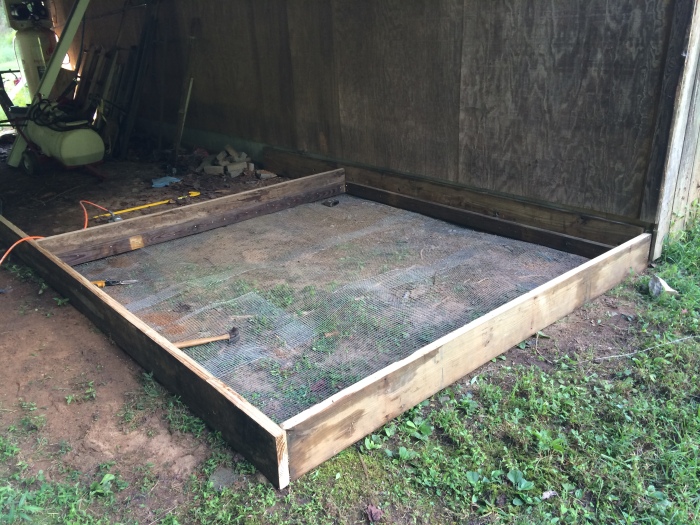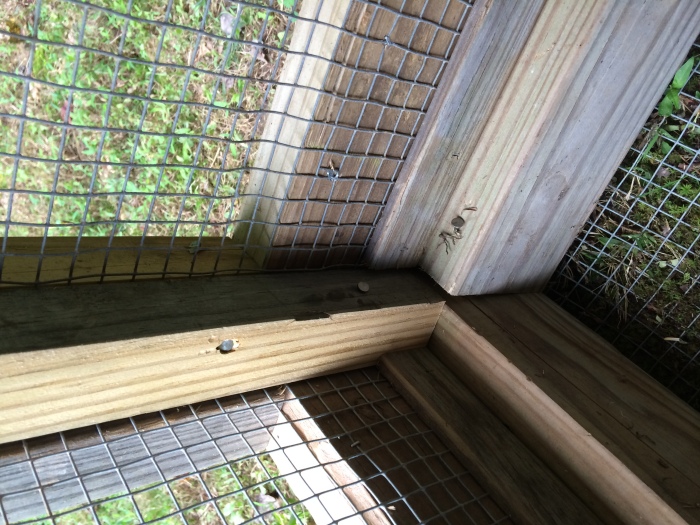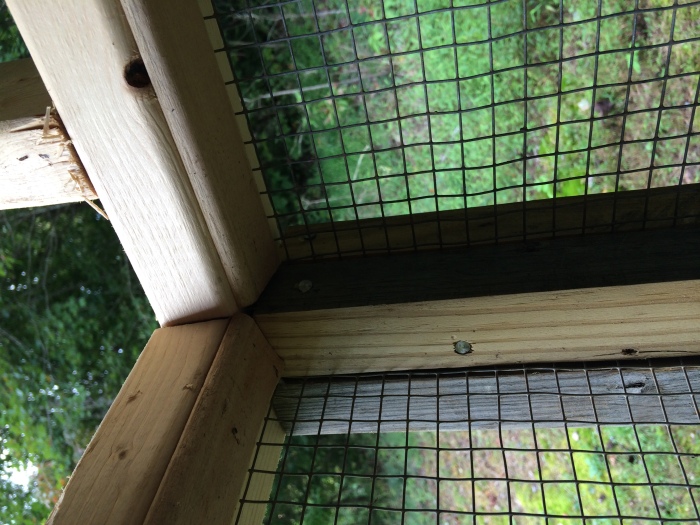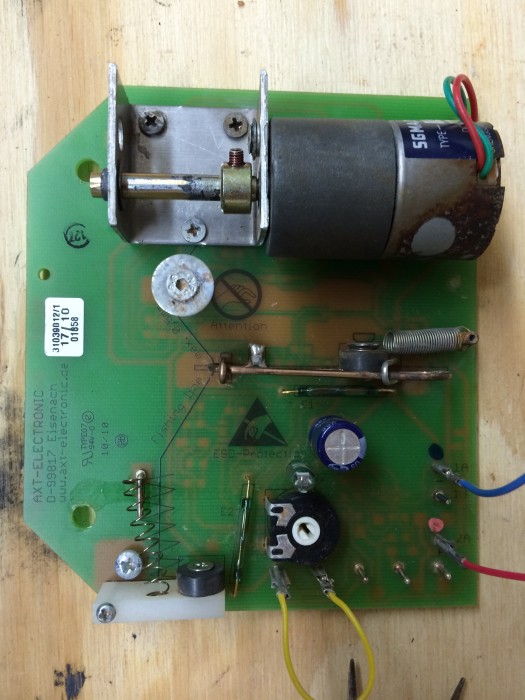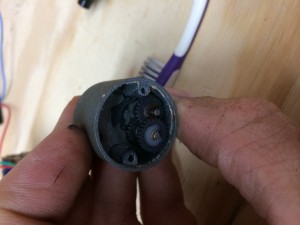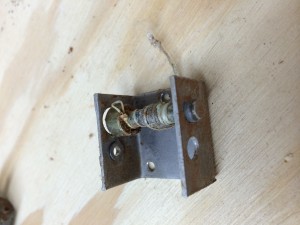Most of our friends and customers are concerned about where their food comes from, and some are concerned much more than others. In our age of industrial food production by big agribusiness, I am very concerned about it too! These concerns lead to questions from egg buyers about whether our eggs are organic, free range, etc. These questions always make me sigh, because I know that my answer to their short question is too long, and they probably don’t want to hear it all! Life is easier when answers come as a binary yes or no. Life is too busy, and too short, to hear a whole dissertation about whether or not the eggs are organic, especially when eggs are just one thing that we eat. This is the appeal of modern-day food labeling: keep it easy, I’ve got other things to do.
Industrial Egg Production vs Back Yard Egg Production
The industrialization of food production is a topic for a series of books, not a blog post, but I should say that I’m not an agribusiness hater. There are many reasons that large commercial producers operate the way that they do, and the main reason is consumer demand. Their consumers want a homogeneous product, available any day of the year, for the lowest possible price. Our eggs fail on all three counts! Our eggs are a variety of sizes, with the smallest being half the weight of the largest. Our shells vary in shape, color, and texture. Our hens lay on their own schedule, which means that our production has seasonal variations that include not laying at all sometimes. And as far as price goes, our current price is 2-3 times as much as the cheapest eggs around.
These variables would not be acceptable to an industrial producer, and they would not be acceptable to many consumers either. As such, industrial producers use techniques to smooth out the spikes. The chickens are all the same breed, and they live in laboratory conditions. They eat a carefully managed ration of food that is provided to them, and nothing else. Visitors must comply with strict biosecurity regulations to ensure that no outside microbes (good or otherwise) are admitted. The temperature and light levels are managed. Eggs are washed, inspected, and sorted by size. Homogeneous inputs produce homogeneous outputs. They are doing their job, and they are doing it well. The cost of eggs has fallen relative to inflation, this summer’s spike not withstanding.
Many things that might concern an educated consumer aren’t concerns to the industrial producer. It doesn’t concern them that the layers are usually terminal hybrids. This means that if you hatch the eggs of the usual commercial layer, you get a different breed of chicken from the mother. The only way to replenish the industrial layer stock is to buy more chicks from the big business that engineered them, and they likely have intellectual property rights to the stock anyway. The back yard producer is usually more concerned about sustainability, which means mating two of the same breed to produce an offspring of the same breed. The industrial producer isn’t concerned that the chickens are all the same type. Here’s an article about why we are, though that article doesn’t address the valid concern of genetic diversity and resistance to new diseases that may come along.
These are just a few of the differences, but I’m sure you see what I mean. I bring it up to say that a backyard producer like us is just marching to an entirely different drum than an industrial producer. So is it any surprise that we have a hard time fitting into the industrial producer’s food labels?
The problem with “us” using “their” labels
Some industrial egg producers serve the special markets like “organic” and “cage free.” This is probably good, because these products are made with more sustainable practices. But having said that, in most cases these producers are still approaching the business with the same laboratory mindset. They can take the USDA guidelines for organic production, check all of the boxes, and label the eggs accordingly. We would say that those chickens still don’t live a very good life though. We’re less concerned with checking boxes, and more concerned with keeping happy and healthy birds, which should in turn produce better eggs.
Here is a link to a nice description of some of the common egg claims, produced by the Humane Society. You’ll find that a producer can label eggs as “organic” even if the hens never see any green plants. They can be de-beaked. De-beaking is a “management” practice that makes it harder for chickens to injure each other when they have been housed too densely. Just like people, if you put too many chickens too small of a place, they will injure each other. Cutting off their beaks helps to mitigate the injury. We prefer to just give the chickens more space.
Organic chickens are required to have access to the outdoors, unless there are health reasons or environmental reasons for them not to. Is “potential interaction with wild birds” a valid health reason for denying outdoor access? We don’t think so, but I suppose that would be a question that may vary from one producer to the next. “Outdoor access” doesn’t mean rolling hills of green pastures. It can mean a hole in the wall covered by a fence. Maybe the roof opens up for an hour a day. There are many ways to satisfy the letter of this requirement and fail to satisfy the intent, at least as we see it.
We are not prepared to label our eggs as organic, because the USDA organic standards require that the chickens only eat organic food. We don’t control the food that they eat, because they are not confined. They can eat live or dead bugs, mice, snakes, voles, moles, or anything that they can catch. Sometimes the cat will catch a mouse and leave it in a place where the chickens will find it. We feed them kitchen scraps. Chickens are, for us and dozens of human generations before us, animals that eat things that we do not want to eat and turn them into things that we do want to eat. Any time I see a claim on an egg carton about the diet of the chickens, such as “vegetarian fed” or “no animal products,” I know that either those chickens were confined in a controlled diet environment, or the producer is exaggerating the claim. Neither of those is a good reason to buy those eggs. This is why you should not be persuaded by any claims about the diet of hens. Natural chickens are true omnivores that can and will eat anything that they are in the mood for, that they can reach. Chickens that are raised as vegetarians are chickens that are not given access to “real outdoors” to eat what they want to eat.
As you can see, it is nearly impossible for a finite list of requirements to create a happy chicken living environment. Similarly, just because we don’t comply with one item on that list doesn’t make us feel like our eggs are any less good or our chickens are any less happy than those in industrial “organic” production. We think about it this way- if you like our eggs but are concerned about the welfare of our chickens, get in touch and schedule a time to come visit them. We’ll provide the lawn chair. Bring a glass of lemonade if it is hot, and bring two if you are generous. Stay as long as you’d like, and decide for yourself if they are living the life that a chicken should naturally live! You’ll have a good time, they are very entertaining.
How do you feel about these issues? Feel free to leave a comment!
 Happy Egg Farm
Happy Egg Farm